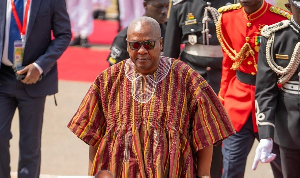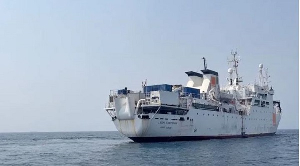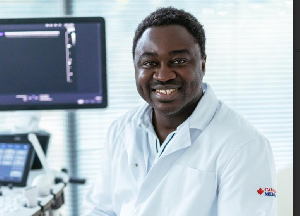The World Health Organisation (WHO) has urged countries affected by the 17 Neglected Tropical Diseases (NTDs) to scale up their investment in tackling those diseases to improve the health of more than 1.5 billion people.
This investment would represent as little as 0.1 per cent of current domestic expenditure on health in affected low and middle income countries for the period 2015-2030.
The NTDs include dengue fever, rabies, trachoma, buruli ulcer, yaws, leprosy, chagas disease, human African trypanosomiasis (sleeping sickness), leishmaniases, taeniasis and neurocysticercosis dracunculiasis (guinea-worm disease), and echinococcosis.
The rest are food borne trematodiases, lymphatic filariasis, onchocerciasis (river blindness), schistosomiasis and soil-transmitted helminthiases.
NTDs cause blindness, disfigurement, permanent disability and death, particularly among the poor.
WHO’s new report; “Investing to Overcome the Impact of Neglected Tropical Diseases,” which was made available to the Ghana News Agency on Friday, outlines an investment case and essential package of interventions for these diseases.
“Increased investments by national governments can alleviate human misery, distribute economic gains more evenly and free masses of people long trapped in poverty,” said WHO Director-General, Dr Margaret Chan.
The report highlights progress made in recent years, largely attributed to a scale-up of control interventions in reaching the poorest. For example, in 2012 alone, more than 800 million people were treated for at least one neglected tropical disease.
According to it, in 2014, there were just 126 reported cases of guinea-worm disease, compared to almost 1800 in 2010 and 3.5 million in the mid-1980s.
It said eradication of this disease was achievable with continued effort and investment.
The report sets specific investment targets for many of the 17 diseases; it stressed that countries must make firm and sustainable budgetary commitments if they were to meet WHO targets and accelerate progress.
It said an annual investment of $ 2.9 billion until 2020 (including vector control), is required to reach targets set in 2012 in the WHO Roadmap for 2015-2020.
According to the report, for the following 10 years (2021-2030), investment requirements would drop to $ 1.6 billion per year.
It said annual investments would continue to decrease as diseases were reduced or eliminated, stating that this added up to a total investment of $ 34 billion (over 16 years) and excluded cost of donated medicines and other in-kind contributions.
It noted that by 2017, the number of people receiving preventive treatment for at least one of the diseases should reach 1.5 billion.
It said as diseases were reduced or eliminated, the number of people needing and receiving treatment would obviously fall.
The report said early detection of some NTDs would allow more children to continue school and adults to work while reducing the costs associated with treating more advanced forms of these diseases.
It said moving towards universal health coverage would ensure that all people had access to preventive and curative health services for neglected tropical diseases without the risk of financial hardship when paying for them.
Health News of Saturday, 21 February 2015
Source: GNA
















